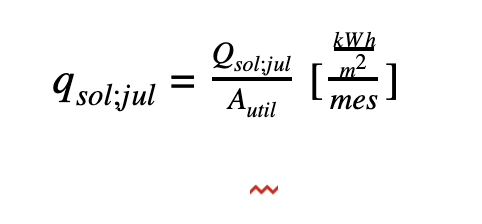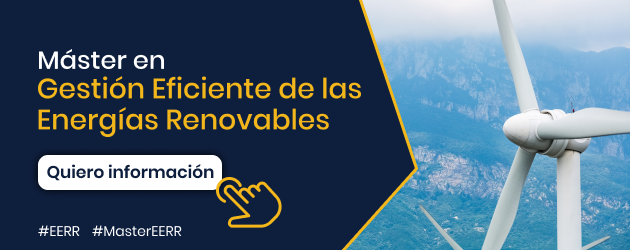We continue with the series on changes and modifications that affect “Royal Decree 732/2019, of December 20, which modifies the Technical Building Code, approved by Royal Decree 314/2006, of March 17”.
In the next entry we will delve into the verification of the Solar control of the thermal envelope (qsol;jul). To develop yourself as a professional in this field, we recommend the Master in Efficient Management of Renewable Energy.
Solar control indicator objective
He solar control indicator (Qsol;jul/Autil) aims to ensure the capacity for effective control of solar gains, limiting the impact of solar radiation on the conditioned surface, therefore paying more attention to a qualitative capacity to offer a benefit than to its quantification in energy terms.
Measures the possibility of control solar gains (including the use of mobile solar devices and the effect of other fixed or remote obstacles).
The solar control indicator (qsol;jul) is based on the heat flow from solar gains, Φsol;k, (section 11.3.2, eq. 43 of UNE EN ISO 13790:2008 and section 6.5.13.2, eq. 69 of ISO/FDIS 52016-1), neglecting the re-irradiation to the sky, affected by the useful surface considered and considering mobile solar protections activated.
Solar control of the gaps (qsol;jul)
He solar control parameter (qsol;jul), is the relationship between the solar gains for the month of July (Qsol;jul) through the gaps belonging to the thermal envelope with its mobile solar protections activated, and the useful surface of the spaces included within the thermal envelope (Autil).
Indicator value:

Where,
Autil: Useful surface area of the spaces included within the thermal envelope
Solar gains in the month of July with the gap shading devices activated

Where,
| Fsh;obst | It is the reducing factor due to shading due to external obstacles (it includes all the elements outside the gap such as overhangs, side fins, setbacks, remote obstacles, etc.), for the month of July, from gap k, and represents the reduction in incident solar irradiation due to the permanent shading of said obstacles. | ||
| ggl;sh;wi | It is the total transmittance of solar energy of the glazing with the mobile shading device activated, for the month of July and gap k; | ||
| FF | It is the frame fraction of the gap k (in a simplified way the value of 0.25 can be adopted) | ||
| TOw;p | It is the surface (m2) of the gap k; | ||
| hsun;jul | It is the average accumulated solar irradiation for the month of July (kWh/m²·month) for the climate considered and the inclination and orientation of the gap k. |
Although the proposed formulas for the justification of solar control are relatively simple, it is necessary to delve into some elements that require prior calculations:
F_gl;sh,obst
As already mentioned, it is the shadow factor of the opening or skylight due to obstacles external to the hole (overhangs, side fins, setbacks, remote obstacles, own shadows, etc.).
Simplified values of Fsh,obst of some shadow obstacles can be obtained from the tables (tables 16 to 19) of the DA DB-HE / 1. Calculation of characteristic parameters of the envelope.
Reference, DA DB-HE / 1 Calculation of characteristic envelope parameters (January 2020)
In case it is not adequately justified, the value of Fsh,obst should be considered equal to unity (Worst Case).
It is worth commenting that the hole shadow factor calculations by external obstacles (Fgl;sh,obst) are obtained through the thermal simulation of the building, they cannot be calculated exclusively from geometric data.
g_gl;sh,wi
The total solar energy transmittance of glazing with active movable shading devices. We can obtain its values in “Table 12 Total transmittance of solar energy from holes for different mobile shading devices (ggl;sh,wi)” of DB-HE / 1. Calculation of characteristic parameters of the envelope.
Reference, DA DB-HE / 1 Calculation of characteristic envelope parameters (January 2020)
Another way to obtain these values is through the tool CTE Envelope, https://pachi.github.io/envolventecte/#/, from the elements tab.
This tool, developed by Energy Saving and Sustainability Group of the Construction Quality Unit of the Eduardo Torroja Institute of Construction Sciences (IETcc-CSIC) of the Higher Council for Scientific Research (CSIC), aims to facilitate the calculation of quality indicators and descriptive parameters of the thermal envelope of buildings for their energy evaluation and for the application of the CTE DB-HE (2019).
The application allows you to obtain somes descriptive parameters of thermal behavior of elements of the thermal envelope based on their general characteristics or design parameters.
For example, for voids you can obtain: thermal transmittance (Uh), the solar factor of the glass at normal incidence (ggl;n), the solar factor of the hole (ggl;wi), the solar factor of the hole taking into account mobile solar shading (ggl;sh;wi).
Hsol;jul;
In point 2.3 of the DB-HE / 1. Calculation of characteristic parameters of the envelope, where the values of average solar irradiation accumulated in the month of July (Hsol;jul) [kWh/m2] are given for peninsular climates, the Balearic Islands, Ceuta, Melilla and the Canary Islands according to the orientation of the hole.
Reference, DA DB-HE / 1 Calculation of characteristic envelope parameters (January 2020)
In a more visual way we can see how the average solar irradiation is distributed depending on the orientation for the peninsular climatic zone A3
Again we can choose to obtain the values through the tool CTE Envelope, https://pachi.github.io/envolventecte/#/, this time in the Weather tab.
In these definitions we have mentioned the orientation of the elements of the envelope, especially the openings, in the following diagram we have the comparable orientations of openings:
The regulatory limitation of this parameter is made based on use, as provided in table 3.1.2-HE1:
Reference, Basic Document HE Energy Savings With comments from the Ministry of Public Works (December 20, 2019)
The rationale for solar control is mandatory in the case of new buildings (except for the excluded cases: Protected buildings, Temporary constructions (<2 years), Industrial, defense or agricultural buildings with low energy demand, Subtle isolated buildings < 50 m2), an extension, a change of use or a renovation where more than the 25% of the envelope is renewed.



































